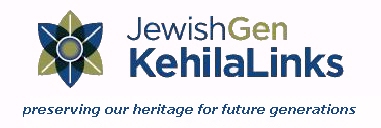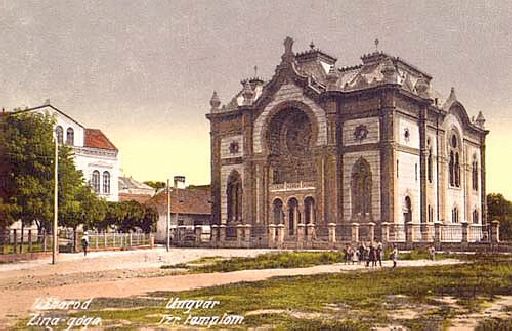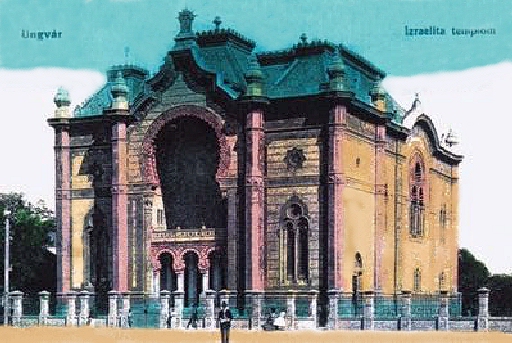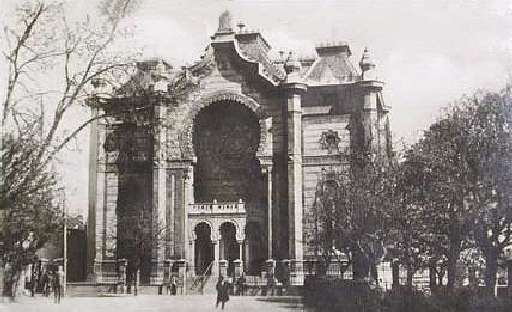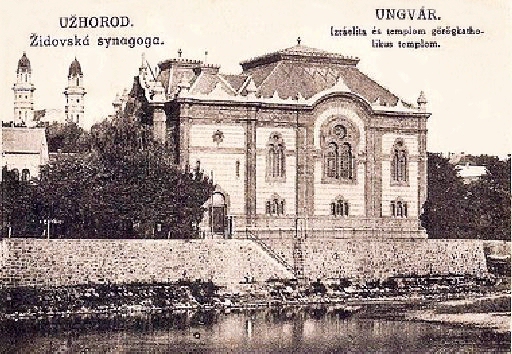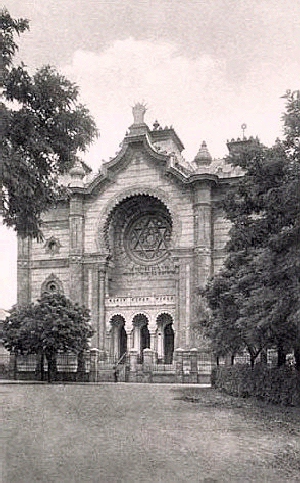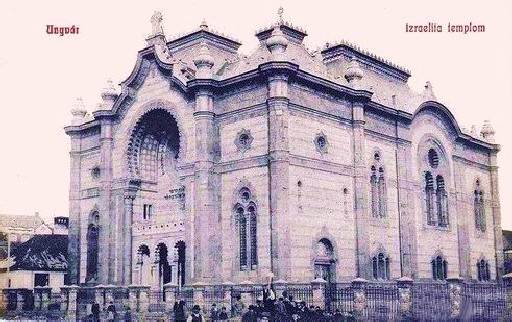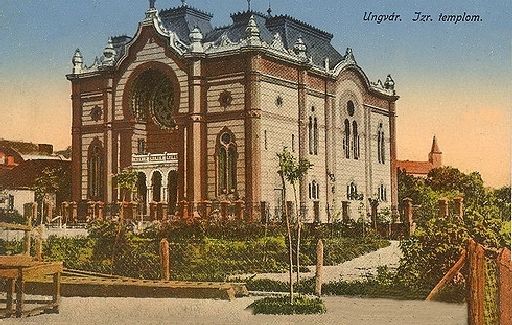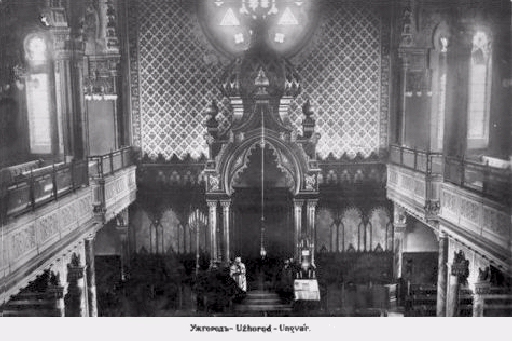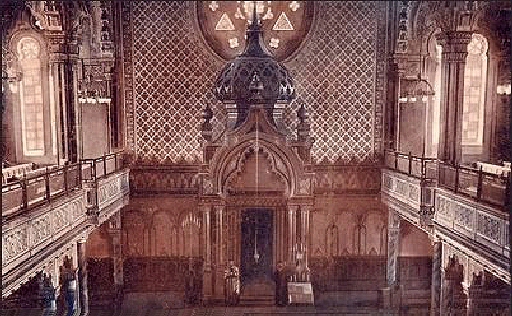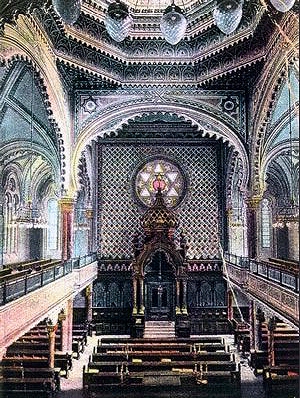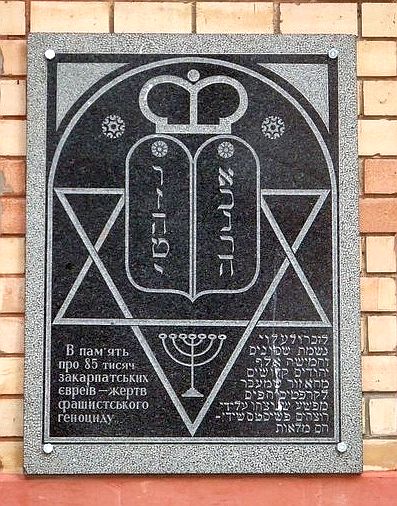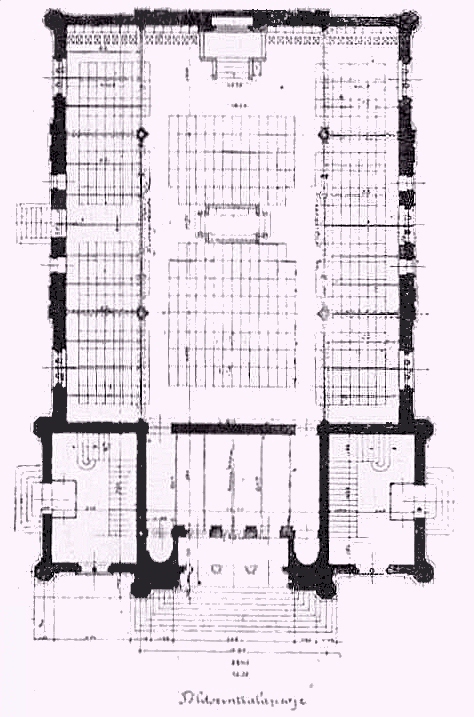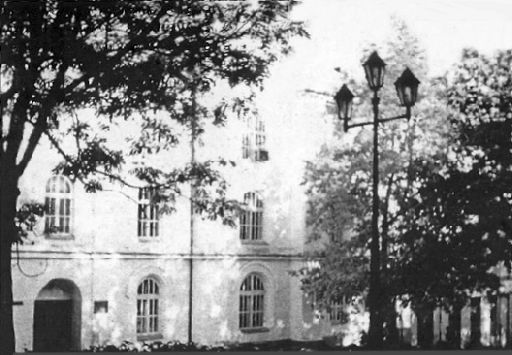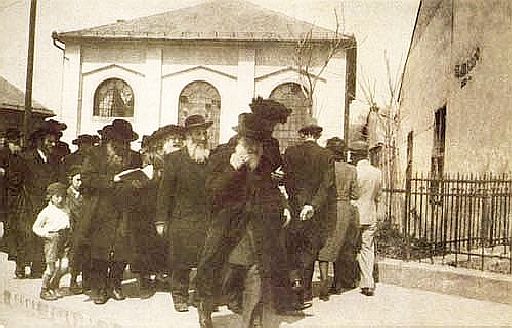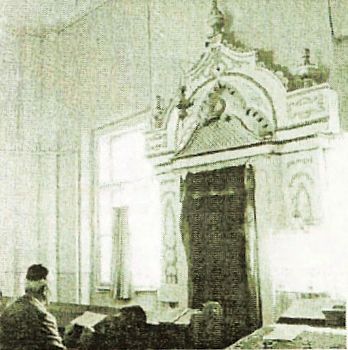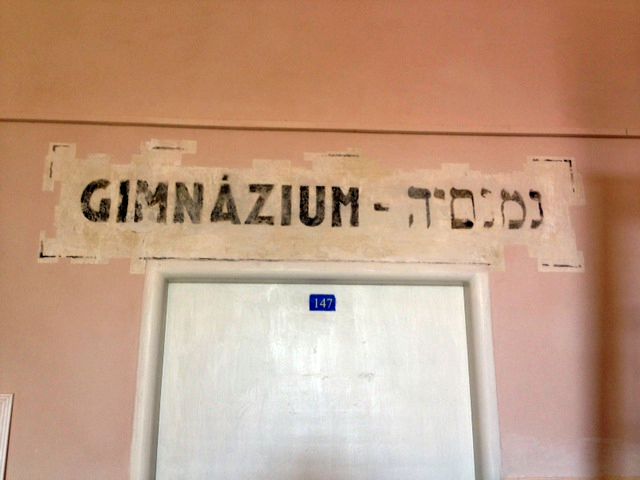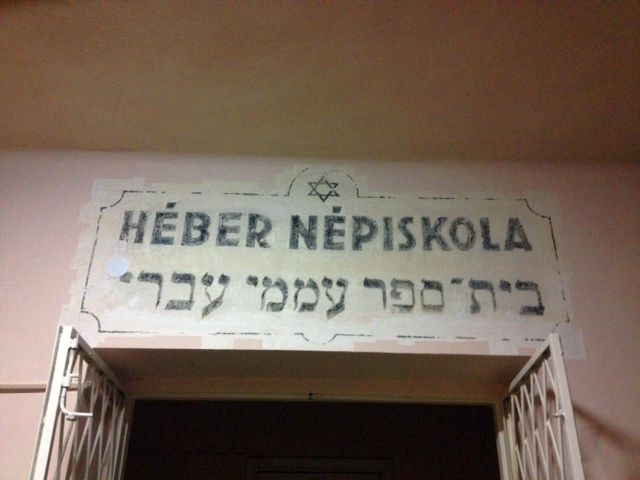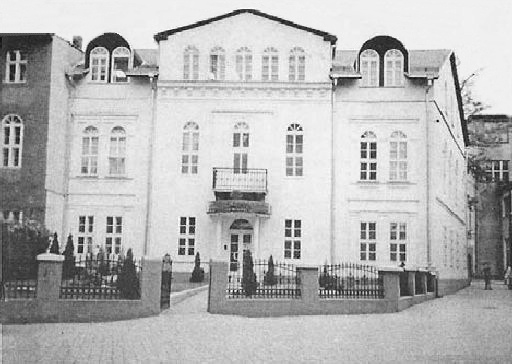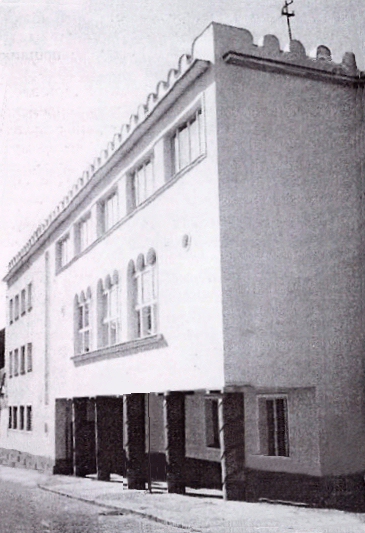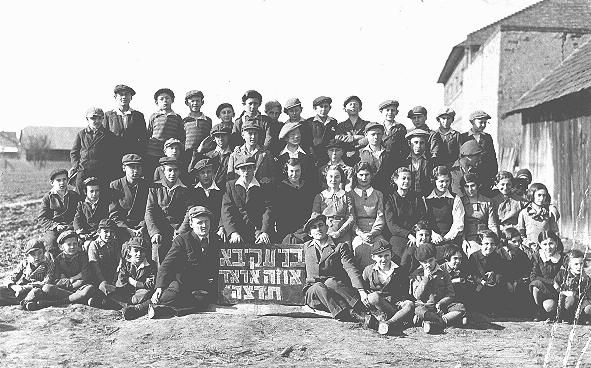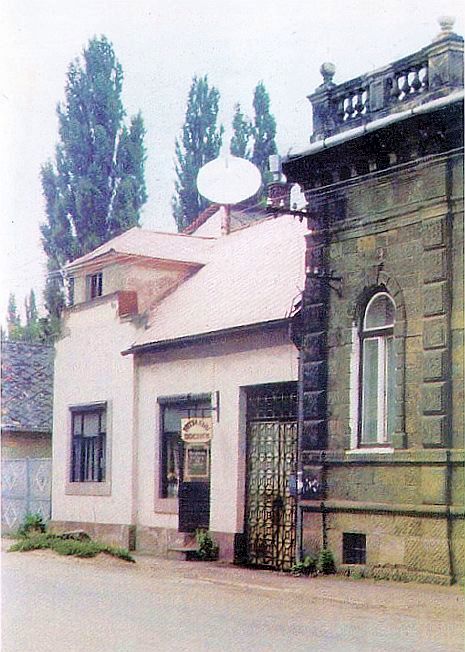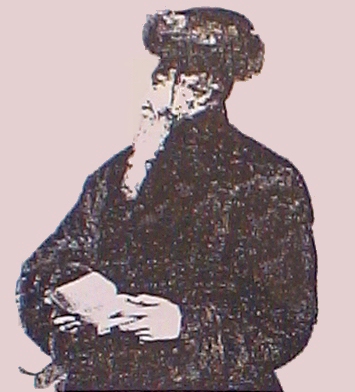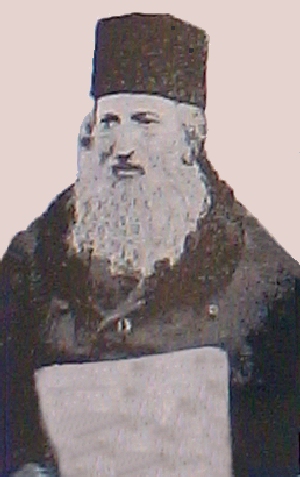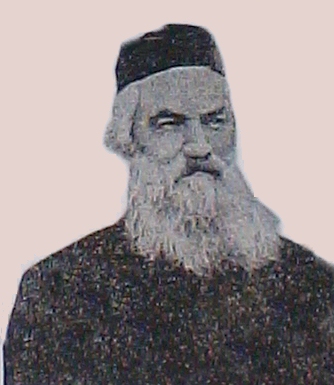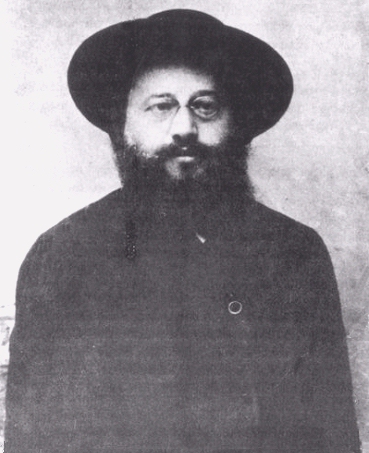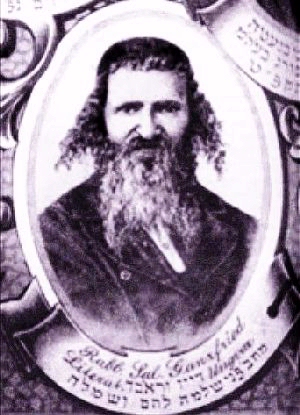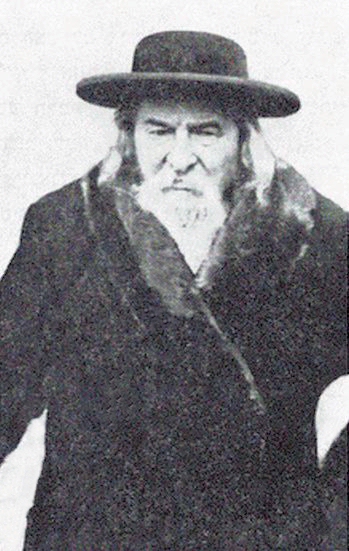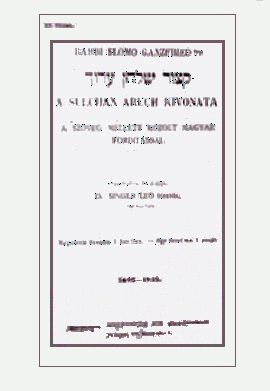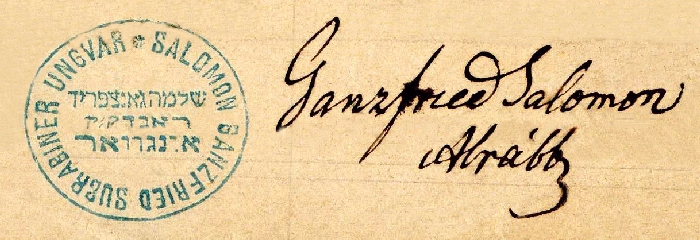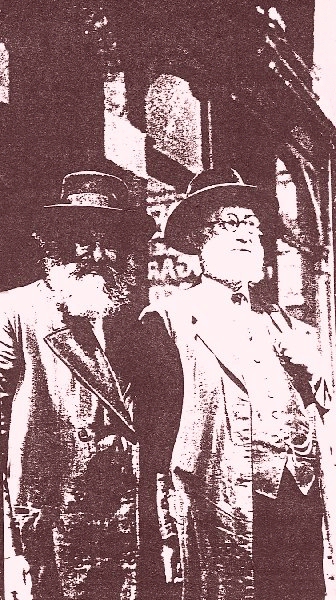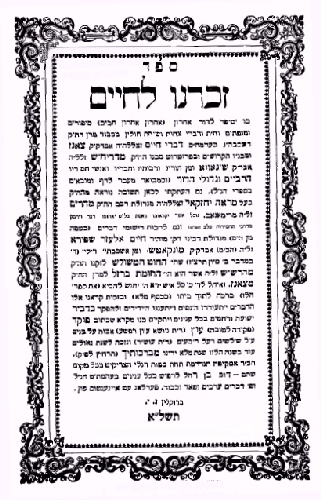| Uzhhorod Religious | ||||||||||||||||||||||||||||||||
| ~ Uzhhorod Jewish Community Establishment ~ |
||||||||||||||||||||||||||||||||
|---|---|---|---|---|---|---|---|---|---|---|---|---|---|---|---|---|---|---|---|---|---|---|---|---|---|---|---|---|---|---|---|---|
| The date on which the first organized Jewish community in Uzhhgorod was established is in dispute. In one version, the Chevra Kadisha (burial society) books appear to pre-date the establishment of the community, indicating it was founded in 1644, about thirty-three years before any available records with a reference to a "Jewish house" (of prayer). Another version holds that the Chevra Kadisha was founded over a century later, in 1777. Apparently, two years before then (or in yet another version. even later, in 1794) a complaint was signed by eighty-three Jewish residents of Uzhhorod led by Avraham PULACSEK (a supplier for the Emperor's army, a leaser of royal concessions and the owner of a number of buildings in Uzhhorod) against their second rabbi, Gedalia REICHTZEIT, whose resignation was demanded, thus terminating his contract after ten years of service. |
||||||||||||||||||||||||||||||||
| Other conjectures put the establishment of the Jewish community at the very beginning of the 18th century. According to one, a Jew named WEINBERGER, who came to Uzhhorod from Spain via Amsterdam and Prague, announced to the authorities in 1718 that a community had been organized. According to another guess, the community was established in 1724, with Yaacov MOSCOVICS and Israel YAKUBOWICS as its first representatives and Leib WEINBERGER, Heiman PULCSEK, Shiyeh REISMAN and Yosef MEISELS as its first leaders. |
||||||||||||||||||||||||||||||||
| The most frequently corroborated version places the founding of the Jewish community in Uzhhorod was around the early to mid-1700s. In this version, some of Uzhhorod's Jewish merchants traveled to Lemberg (Lvov) on business, since at the time there was no market in Uzhhorod. One of the most important items on their Lemberg itinerary was their determination to find a rabbi to lead their home community. Their search met with great success. They found Rabbi Arieh Leibush Bodik REIZMAN and hired him on the spot. The Rabbi consented and came to Uzhhorod, bearing holy vessels from his hometown. |
||||||||||||||||||||||||||||||||
| Rabbi REIZMAN's appointment as Uzhhorod's first rabbi exceeded the approval of the region's Jews. Like his colleagues throughout the world, he put into effect formal procedures, derived from Joseph KARO's Shulkahn Arukh (later adapted and recorded by Rabbi Meir (ASH) EISENSTÄDTER in his Book of the Kehilah), by which the community would be governed for years to come. Accepted by the city's Jews at a general meeting, this process clarified the responsibilities and privileges of members at every level of the community, beginning with the local administration. Composed of eleven members, the community's core group of leaders included a president, two vice-presidents, a treasurer, and seven members without portfolio. The primary responsibilities of these eleven leaders were devoted to the internal affairs of the community. On a secondary level, however, they also acted as liaison officers or representatives of the community to government officials, with the president acting as a representative (minister) to the government. |
||||||||||||||||||||||||||||||||
| In principle, if not always in practice, elections were democratic and free. The entire community was responsible for the election of what was known as the Zechtsiker (sixty general representatives) who were in turn responsible for the election of the executive officers of the community which, over the years since the first elections were held, grew from eleven to twenty-one and included two gabbaim (synagogue caretakers) as well as several other official titles, in addition to the officers mentioned above. The manner in which the responsibilities of the vice-presidents, who headed various committees, was divided, offers a fascinating insight into the cooperation between different "branches" of Judaism which were represented even in the early days of the community. |
||||||||||||||||||||||||||||||||
| The first vice-president, who headed the school committee and attended to issues which concerned education and culture, was usually a member of the Mitnagdim (those opposed to the messianic style of Judaism as practiced by the Hasidim). The second vice-president, who headed committees concerning kashruth, a variety of rituals, the Talmud Torah, slaughter, the mikveh, ritual bath, the baking of matzot and the erection and maintenance of the area's eruv (ritual enclosure), was chosen from among the community's Hasidim. It might be noted at this juncture, that while the Hasidic movement had caught fire on a grand scale in other parts of the Podkarpatsa Rus, most notably in Mukacheve. Their numbers were appreciably fewer in Uzhhorod, where nonetheless, they were accorded an apparently greater voice in the affairs of the community than their numbers would have suggested. |
||||||||||||||||||||||||||||||||
| ~ Uzhhorod Synagogues ~ |
||||||||||||||||||||||||||||||||
| In addition to the confusion about when the first Jewish congregation was established, there seems to be some uncertainty as to when the first synagogue was built. One source indicates that the first Synagogue was opened in 1767. Another source indicates that the community bought land on Nagy Utca in 1792 for 1,928 forints and fifty-five kreuzer—supposedly where the old synagogue had been located— and a new synagogue was built there in 1805. Apparently, this property also included a building which served as the community's school. Contrarily, the very same source indicates that the first synagogue was actually built in an alley off the Pincze Road which led to the Ung River. |
||||||||||||||||||||||||||||||||
|
||||||||||||||||||||||||||||||||
| At the time the Jews of Uzhhorod and the vicinity were deported in 1944, the following is a list of synagogues (with location) that existed, compiled by Zoltan MARKOWITZ: |
||||||||||||||||||||||||||||||||
|
||||||||||||||||||||||||||||||||
| ~ Uzhhorod Synagogue Images ~ |
||||||||||||||||||||||||||||||||
| (Click the images below to view a larger image.) |
||||||||||||||||||||||||||||||||
|
||||||||||||||||||||||||||||||||
|
|
||||||||||||||||||||||||||||||||
|
||||||||||||||||||||||||||||||||
|
||||||||||||||||||||||||||||||||
|
||||||||||||||||||||||||||||||||
|
||||||||||||||||||||||||||||||||
| (Click the images below to view a larger image.) |
||||||||||||||||||||||||||||||||
|
||||||||||||||||||||||||||||||||
|
||||||||||||||||||||||||||||||||
| ~ Uzhhorod Religious Schools ~ |
||||||||||||||||||||||||||||||||
| [click the image to enlarge it.] |
||||||
|
||||||
| The first school for boys was established by Jews of Uzhhgorod in, by some records, in 1789 or by another, in 1792. |
|
| The oldest surviving record about the first teacher, Leib, is dated 1835 when the Jewish community established registry of community staff, including its teachers. There is a record of the "highly educated and perfectly trained" Leib, appointed earlier as a teacher. His salary was 70 Forints from the community and 200 Forints from the Jewish Council and he received community provided housing. Leib came to Uzhhorod from Moravia and was respectfully was called "Professor." He taught Hebrew and German reading and writing. As the first known Jewish teacher in Uzhhgorod, he was very respected. He died in 1848. |
|
| In 1858, a Jewish school teaching three grades was opened. Existing records show the names of its founders and first teachers: WEINBERGER, CSETER [CHETER], GANZFRIED, REISMAN, GOTLIEB, Chaim KRON. The school was well equipped, teaching in German and in Hungarian as well. Fees were paid by parents and partially by the community. Later, the students studied Hebrew. The religious education was provided by cheders (religious schools). In 1878, 702 Jewish children of school age were registered, 201 (in Jewish schools), 256 (in schools of Jewish community) and 242 boys attended only cheders. Jewish girls were educated mostly at home. |
|
| In the 1860s, there was a private school for girls, managed by wife of the teacher named LEISNER. |
|
| In 1890, a Jewish elementary school, whose language of instruction was first Hungarian and later Czech, functioned in Uzhhorod. Subsequently, other Hebrew schools were established. The Jewish community also maintained a Talmud Torah school and a yeshivah. There was also a Jewish hospital and a Jewish home for the aged. Between the two world wars, Uzhhgorod became a center of intense Jewish national and Zionist (Revisionist) activities. |
|
| During the period of 1911-12, the Orthodox primary school of Uzhhgorod had 325 children enrolled (195 boys and 130 girls). Education of girls was mostly in a private school. Wealthy families sent their daughters for study in Pest, Kosice and Preshow. The first ladies school in Uzhhgorod was opened by the Roman Catholic Church in 1859 - so called Gizela Haus (today, a music college). The teachers were Catholic nuns, but Jewish girls were welcomed. In 1905, the first Jewish ladies school was opened on 6 September 1905 and contained first and second grades, with total number of 44 students. The founder of the first Jewish Ladies school was Deborah SZEKELY, who was born in Uzhhgorod. She died in 1911. |
|
| It must be noted, that Jewish children attended not only Jewish schools, but other schools as well. |
|
| In the first half of the 19th century, a famous yeshiva was founded with about 250 students. It was established by one of the great halakhists in the Austro-Hungarian Empire, Rabbi Meir EISENSTADT, the town's rabbi. |
|
| ~ Uzhhorod Hebrew Printing Press ~ |
|
|---|---|
| In 1864, Karl JAEGER established a Hebrew printing press with types he bought in Vienna. The first book printed was Rabbi EISENSTÄDTER's responsa Imrei Esh (part 2). Printing continued until 1878. In 1926, another press was set up by M. S. GELLES and continued to be active until World War II. About 70 items were printed in Uzhhgorod. |
|
| ~ Uzhhorod Religious Communities ~ |
|
| The town grew considerably at the end of the 18th century (after the partition of Poland) and it expanded further in the second half of the 19th century. |
|
| In 1868, the community split and a separate Neolog community was started, whose first rabbi was Rabbi M. KLEIN, translator of Maimonides' Guide of the Perplexed into Hungarian. Subsequently, the Neologists joined the Status Quo Ante trend, whereupon many joined the mother community. Uzhhorod was also a stronghold of the Orthodox as well as of the Hasidism sects. |
|
| Prior to World War II, there was an active Jewish cultural association and a Jewish theatrical group Gabima that staged numerous performances in Yiddish. Several Zionist organizations operated in Uzhhorod and the national executive of the Jewish National Party was located there. |
|
| Today, there are three Jewish communities in Uzhhorod: Chabad, Progressive and Conservative Judaism and the only functioning (Orthodox) synagogue, with a mikva, is on Mukacsevskaja Street in the Jewish Community Center which boasts a daily Minyan (three times a day), a Kosher kitchen, a day school for children and a weekly publication "Gut Shabbos." |
|
|
|
| ~ Miscellaneous Religious Photographs ~ |
|---|
|
||||||||||
|
||||||||||
| ~ Uzhhorod Religious Leaders ~ |
|||||||||
|---|---|---|---|---|---|---|---|---|---|
| (Click the images below to view a larger image.) |
|||||||||
| [ * Murdered in the Holocaust ] |
|||||||||
|
|||||||||
|
|||||||||
|
|||||||||
|
|||||||||
| If you have an image of any of the rabbi's listed above, click HERE to contact me. |
| [ click the image to view a larger image. ] |
||||||||
|
||||||||
|
|||||||
| (Click the images below to view a larger image.) |
|||||||
|
|||||||
| This page is hosted at no cost to the public by JewishGen, Inc., a non-profit
corporation. If you feel there is a benefit to you in accessing this site, your JewishGen-erosity is appreciated. |
|
| Compiled and created by: Marshall J. KATZ, USA with assistance from: Association of Jews from Uzhorod and Vicinity, Inc. M.Y. EHRENREICH, USA Beth Hatefutsoth Jewish Virtual Library Old Ungvár Ivan SZEDO, Hungary Uzhgorod-memorial places of Jewish history by Sabina VIRON, Ukraine Yad Vashem Archives Wikipedia Amos Israel ZEZMER, France and the following: JewishGen members/descendants and contributors of Uzhhorod Jewish families: Tomer BRUNNER, Israel Noa (née KLEIN) ELIAS, Israel Yossi (GOLDSTEIN) GAL, Israel Bela HUBER, Ukraine Richard HYMAN, USA Caryn (née FRIEDLANDER) LEVINSON, USA Dr. Richard NEMES, USA Ronald ROTH, USA Shree ROTH, USA Anita (née LEIBOWITZ) STIEGLITZ, USA Sabina VIRON, Ukraine Tibor WEITZEN, Australia |
|
| Updated: 21 September 2020 |
|
|---|---|
| Copyright ©2010 Marshall J. Katz All rights reserved |
|
 |
|
Top of Page |
|
